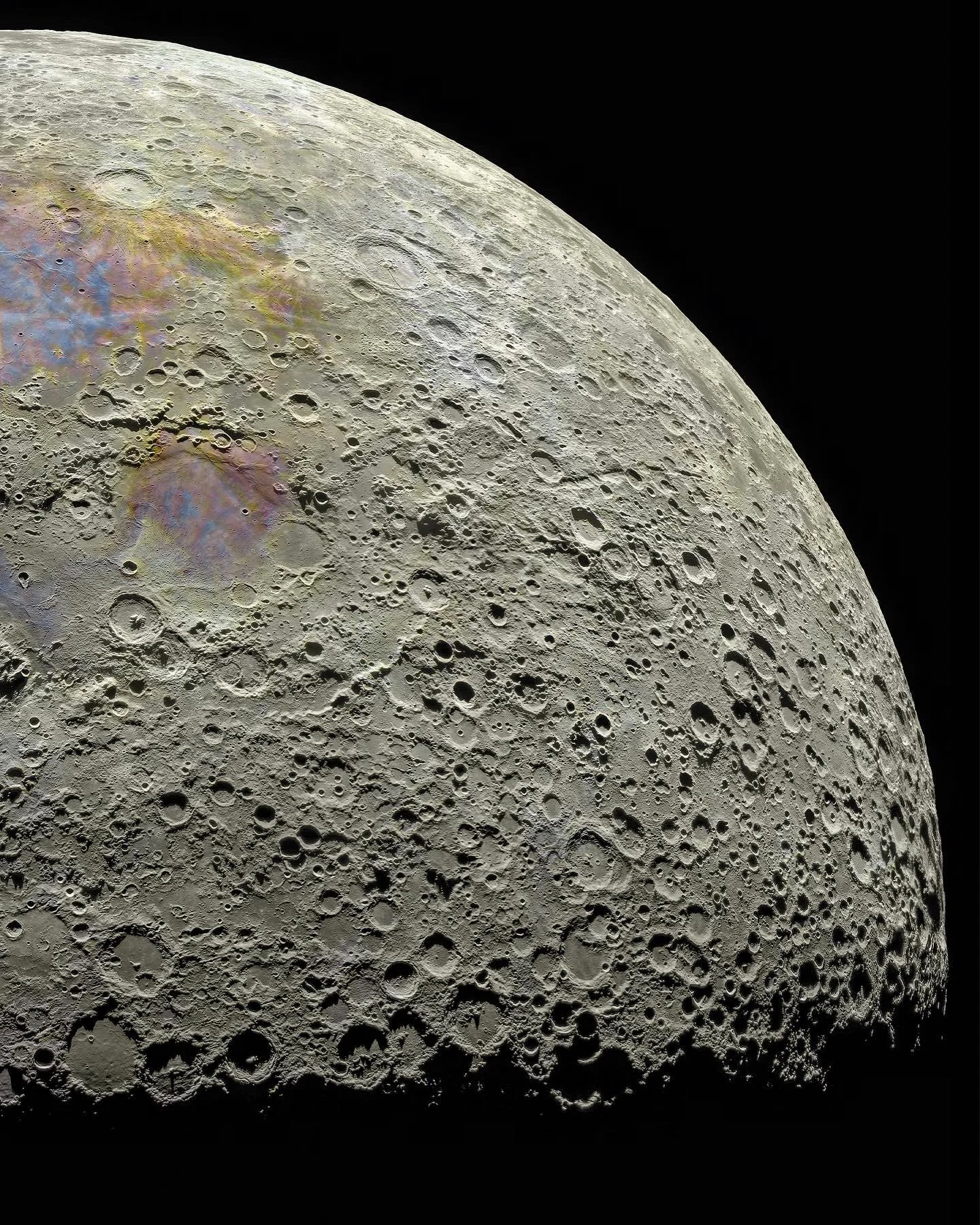52
594
55
41
Webb identifies surprising carbon-rich ingredients around young star - NASASpaceFlight.com
(www.nasaspaceflight.com)
56
36
66
23
68
33
Magellan data unveils ongoing volcanic activity on the surface of Venus - NASASpaceFlight.com
(www.nasaspaceflight.com)
75
35


